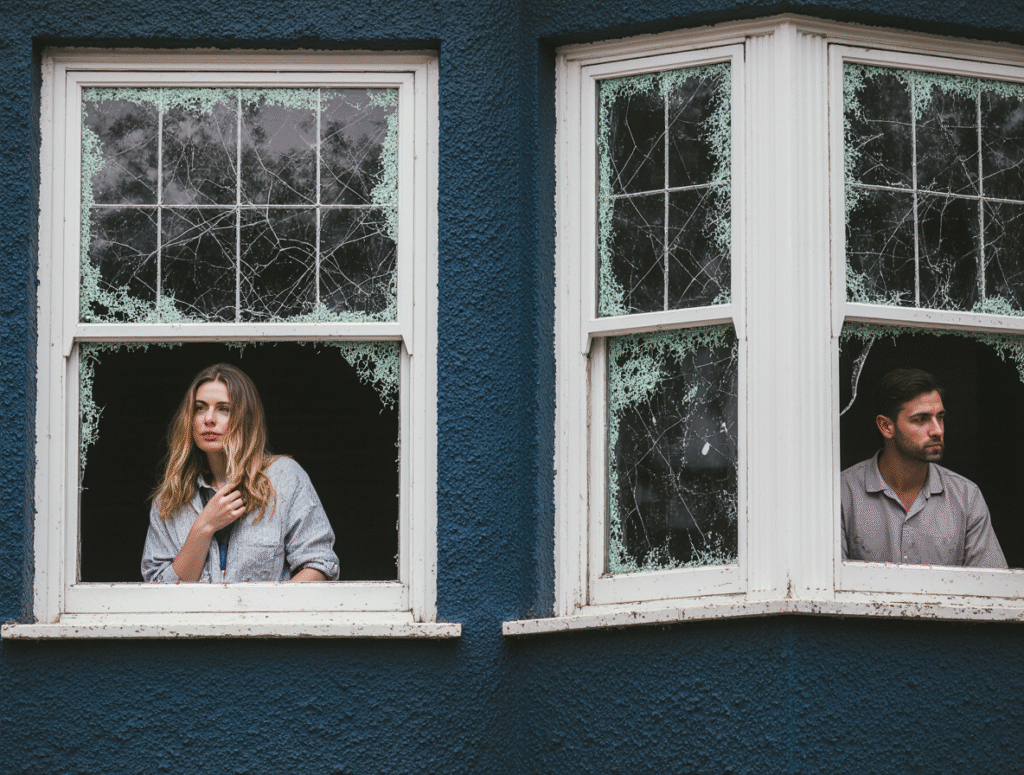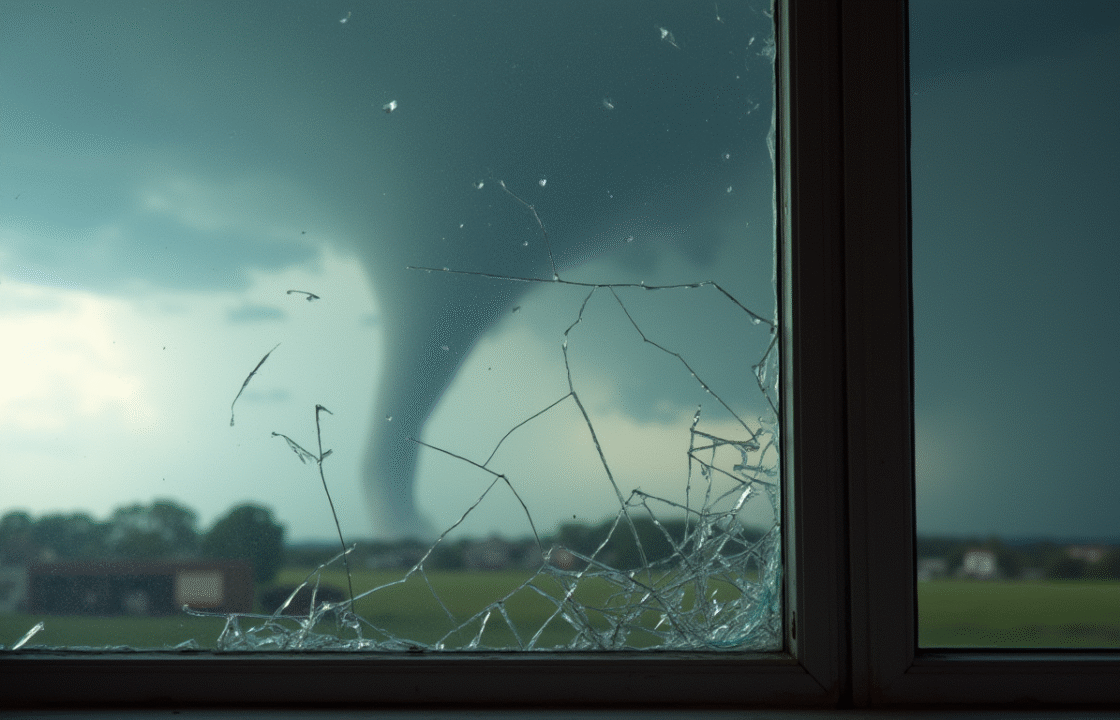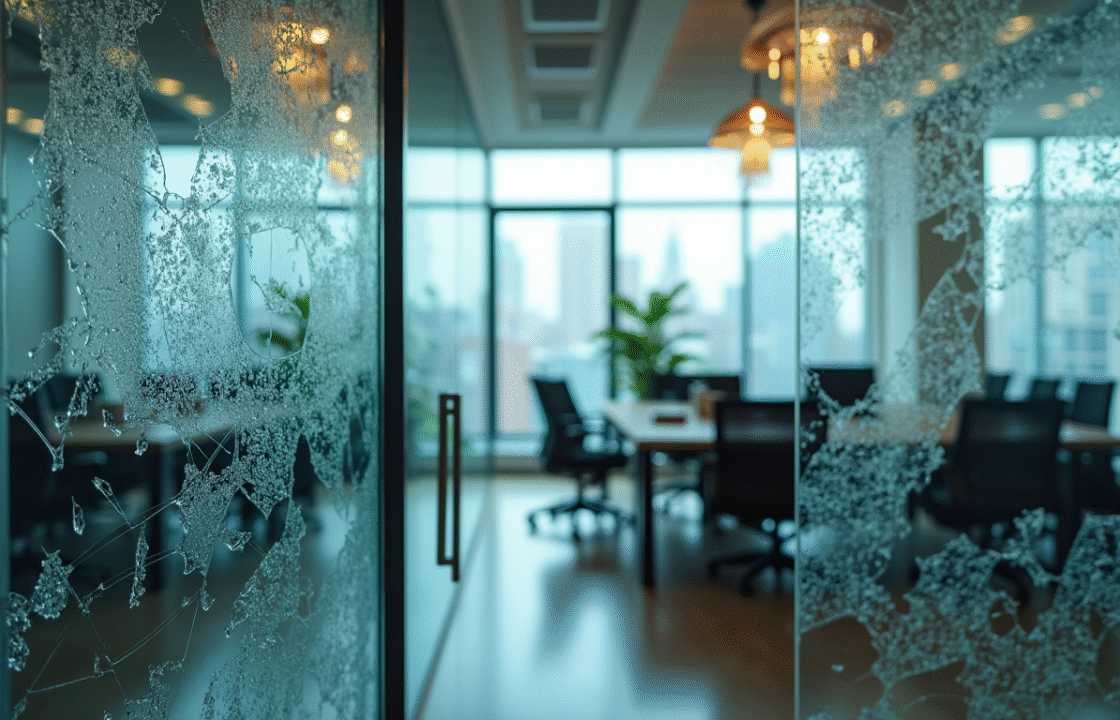
The Most Common Types Of Window Glass That Break
By: Glass Repairs 247
Choosing the right type of window glass is more than an aesthetic decision—it’s a matter of safety, energy efficiency, and long-term durability.
In Canada, with its extreme seasonal shifts and unique building codes, understanding which types of window glass are prone to breakage can help homeowners make smarter decisions when installing or replacing windows.
Let’s get right into it!
What Causes Window Glass To Break?
Window glass can break for a variety of reasons, and many are particularly relevant in Canada. Thermal stress from rapid temperature changes—like the shift from a warm indoor environment to -30°C outside—can crack glass. Impact damage from objects like hailstones, sports balls, or even birds is another common cause.
Improper installation, poor framing, or building settlement can exert pressure on the glass, leading to spontaneous breakage. Over time, even durable windows may wear down due to UV exposure, moisture intrusion, or fluctuating pressure within sealed glass units.
Annealed Glass: The Most Common And Least Resilient
Annealed glass is the most basic form of glass. It’s slowly cooled after manufacturing to remove internal stresses, but it’s also the most breakable. Commonly used in standard residential windows, annealed glass shatters into large, dangerous shards when broken.
Because of its low cost, many homes across Canada still feature annealed glass in older windows. However, it doesn’t meet modern safety codes for doors or windows near floors or stairs.
Tempered Glass: Safer, But Not Unbreakable
Tempered glass undergoes a heat-treatment process that strengthens it by up to five times compared to annealed glass. When it does break, it shatters into small, rounded pellets rather than sharp shards, reducing injury risks.
Tempered glass is required by Canadian building codes in areas like bathroom enclosures, patio doors, and windows that are close to the ground. Still, it’s not immune to breakage from sharp impacts or nickel sulphide inclusions, which can cause rare spontaneous breakage.

Laminated Glass: A Safer Option With Layered Protection
Laminated glass is made by sandwiching a plastic interlayer—usually PVB—between two layers of glass. Even if both layers crack, the plastic holds the pieces together. This makes it a popular choice for hurricane-resistant windows and car windshields.
In urban areas of Canada or regions with high wind and storm risk, laminated glass adds a layer of security. It also reduces outside noise, a bonus for homes near busy roads or airports.
Insulated Glass Units (IGUs): Common In Canadian Homes For Energy Efficiency
IGUs consist of two or more panes of glass separated by a spacer and filled with insulating gas (often argon or krypton). While they greatly improve thermal performance, they’re prone to seal failure and pressure cracks, especially in fluctuating Canadian climates.
If one pane in an IGU cracks, usually the outer one, the unit loses its insulating effectiveness and must often be replaced entirely. Choosing tempered or laminated glass within IGUs can reduce breakage risks.
Wired Glass: Fire-Rated But Surprisingly Fragile
Wired glass contains embedded metal mesh and is commonly found in institutional or commercial settings due to its fire-resistant qualities. However, despite its appearance, wired glass is weaker than many people think. It tends to crack easily on impact and poses safety risks, especially for schools and sports facilities.
Canadian building codes have moved toward replacing wired glass with fire-rated safety glass options that meet both fire and impact resistance standards.
Float Glass: The Base Product Behind Most Window Types
All glass begins as float glass, created by floating molten glass on a bed of molten tin. It’s uniform and optically clear, but not strong on its own. Float glass must be further treated to become annealed, tempered, or laminated.
On its own, float glass is easily breakable and rarely used in homes unless processed further.
Low-E Glass: Energy Efficient But Still Vulnerable
Low-emissivity (Low-E) glass features an ultra-thin coating that reflects infrared energy, helping homes retain heat in winter and block it in summer. It’s essential for meeting ENERGY STAR® efficiency standards in Canadian provinces.
However, Low-E glass is typically thin and can be brittle. It’s important that it be installed carefully and used with reinforced framing to minimize stress cracks.
Specialty And Decorative Glass: Beautiful But Often Fragile
Decorative glass, including stained, frosted, etched, or bevelled styles, adds charm but is often made from annealed or lightly treated glass. It’s commonly found in sidelights, cabinet doors, or interior partitions.
Because these types are usually thinner and not reinforced, they break easily from even minor impacts. Laminated or tempered versions can be chosen for added durability in high-risk areas.
How To Prevent Window Glass From Breaking
Homeowners can take several steps to prevent breakage:
- Install tempered or laminated glass in vulnerable locations
- Apply security films that hold shards together upon impact
- Use storm windows or shutters in areas prone to harsh weather
- Ensure professional installation and proper framing
- Inspect annually for chips, cracks, or loose seals
Preventative maintenance and smart upgrades can save thousands in repair costs over time.
What To Do When Your Window Breaks
If your window breaks, your first priority is safety. Call a professional window glass repair service near you. Clear the area of glass shards and temporarily seal the window with plastic or plywood. Avoid touching sharp edges or attempting DIY repairs if the frame is unstable.
Check with your home insurance provider, as many policies cover accidental glass breakage. In cases where only one pane in an IGU is damaged, it may be more cost-effective to replace the full unit. Always contact a professional glazier to ensure proper repairs that meet Canadian building codes.
FAQs
What’s The Most Breakable Type Of Window Glass?
Annealed glass is the most breakable type, as it lacks any strengthening treatment.
Can Window Glass Break From Cold Temperatures?
Yes, thermal stress from sudden temperature drops can crack untreated glass, especially in older Canadian homes.
Is Tempered Glass Stronger Than Laminated Glass?
Tempered glass is more impact-resistant, while laminated glass offers better post-breakage safety and noise control.
Does Home Insurance Cover Broken Windows In Canada?
In most cases, yes—especially if the breakage is accidental. However, coverage varies by policy.
How Do I Know If My Window Is Tempered Or Not?
Tempered glass usually has a small etched mark in the corner. If it shatters into tiny pieces, it was likely tempered.
What Are The Signs Of Seal Failure In Insulated Glass?
Fogging, condensation between panes, and a milky appearance are signs your IGU seal has failed.
Are Decorative Glass Windows Safe?
Not always. Many are made from annealed glass, which can shatter easily. Opt for tempered or laminated alternatives.
How Often Should I Inspect My Windows?
At least once a year. Look for cracks, seal failure, or signs of moisture intrusion.
Can Low-E Glass Be Repaired If It Cracks?
No, cracked Low-E glass must be replaced to maintain its energy efficiency and structural integrity.
Is It Worth Upgrading To Laminated Glass?
Yes, especially in high-wind or urban areas. It adds security, soundproofing, and safety during breakage.


